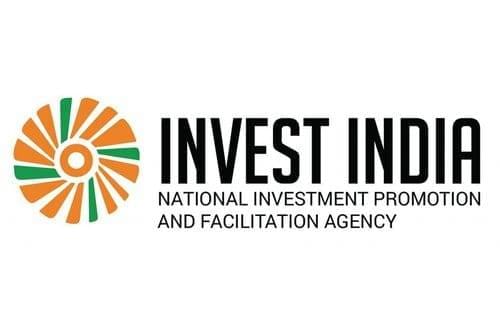The USD 140.4 billion textile market in India, expects to grow to USD 223 Bn by 2021[1]. The textile sector generates second-largest jobs in India (45 million direct) and is undergoing a massive transformation. India, already the 2nd largest producer of polyester in the world and a global leader in traditional textiles is ushering a sea of change. This change is noticeable as technical textiles in India have already established a market size of USD 19 Bn, nearly 7 percent of the world market size of USD 250 Bn[2].
From agriculture, sportswear, protective gears and many more, the application of technical textiles is widespread, creating ripples across other sectors. Possessing much scope for creativity, innovation and versatility in fibres, yarns and woven/knitted/nonwoven fabrics with applications spanning an enormous range of uses, technical textiles is also experiencing a surge in domestic demand.
Contributing to about 0.7 percent to India’s GDP at present, the technical textile sub-segment accounts for approximately 13 percent of India’s total textile and apparel market which is set to double in terms of revenue and production in the next five years. However, the penetration level of technical textiles in India is at 5-10 percent, against 30-70 percent in advanced countries[3].
It is in this light, that the Cabinet Committee on Economic Affairs, chaired by the Prime Minister Narendra Modi, has given its approval to set up a National Technical Textiles Mission with a total outlay of USD 194 Mn. The mission through a four year implementation period from FY 2020 to 24, aims to achieve an average growth rate of 15-20 percent per annum and increase the domestic market size to USD 40-50 billion by the year 2024 through various initiatives such as market development, market promotion, international technical collaborations, investment promotions and ‘Make in India’ initiative.
Providing the necessary infrastructure and a favourable policy environment to increase trade and market opportunities and improve FDI inflow has become the top priority of the government. The report suggests various possibilities that this sub-segment holds towards contributing to the PM’s vision of India becoming a USD 5 trillion economy.
The report also delves into areas that require a more strategic action from the side of the government to bolster the institutional demand of technical textiles and promote its regular usage for the government of India’s 100 lakh crore (USD 1.4 Tn) infrastructure project.
This heightened demand can be met if adequate arrangements are made on the supply side. The first step in this direction should be towards creating a world-class infrastructure that includes dedicated mega textile parks exclusively for the production of technical textiles. This production can thrive on the bedrock of research and development, which is key to the growth
[1] Ministry of Textiles
[2] https://pib.gov.in/PressReleasePage.aspx?PRID=1604413
[3] https://pib.gov.in/PressReleasePage.aspx?PRID=1604413
of technical textiles, and its institutionalisation will only oil the engine of innovation in the sector.
On the policy front, each state has rolled out a dedicated set of subsidies for promoting technical textiles, but a comprehensive national-level policy is necessary.
For the varied list of products that come under the ambit of technical textiles, establishing standards for gauging product quality, ensuring regulatory compliance and assessing the performance of textile materials is vital. Bureau of Indian Standards has successfully created standards for several products. However, speedy execution to meet the demand for the need of the hour products and cohesive efforts to capitalise the global market trends is essential.
Manpower and technology are essential tools of production wherein much scope exist for India and its growing markets. Availability of a skilled labour pool for a segment as niche as technical textiles is a necessity. Several initiatives for upskilling the Indian workforce are already in place, and more could be taken to address the skewed demand-supply manpower challenges and transform the industry competitive. On the technology front, providing the right impetus to the Textile Engineering Industry, one of the five key capital goods industries in India, shall prove extremely useful for the sector to grow in the longer run.
Manufacturing in India is the next frontier, and under Prime Minister Narender Modi’s government, India is set to scale new heights. The recent example of India manufacturing of personal protective equipment and N-95 face masks with limited resources and time demonstrates its ability to innovate and rise to any such challenge. Foreign companies like Ahlstrom, Toray, Nan liu have set up their operations, proving that India has the potential and will continue to play a significant role in the production of technical textiles. With a young skilled workforce, strong macroeconomic indicators, and a government that is working to accelerate reforms, India is already on its way to capitalising the full potential of this sector.
Download your copy of the report; https://static.investindia.

